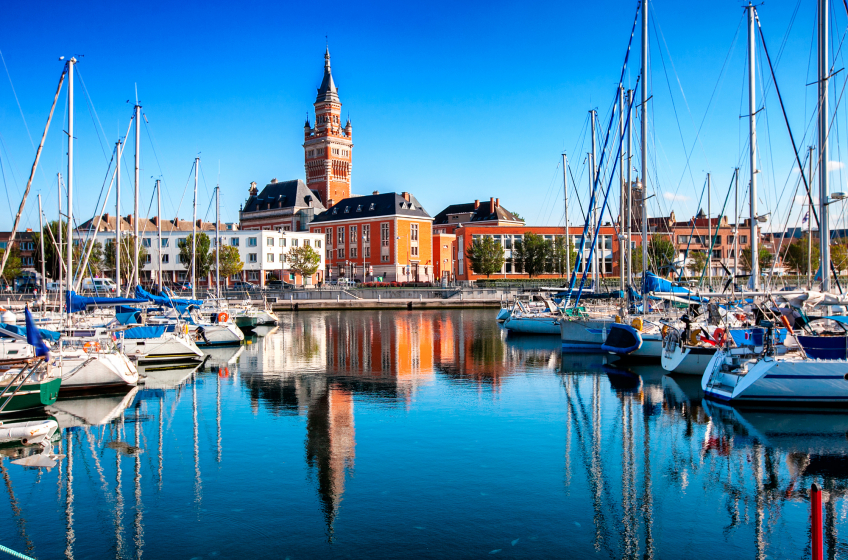Discover Dunkirk | A Visitor's Introduction to Dunkirk
On the northern coast of France, Dunkirk (Dunkerque in French) is a charming port city that is steeped in history and offers a variety of attractions for visitors. Best known for its pivotal role in World War II, Dunkirk has transformed into a vibrant and inviting destination.
Recommended Dunkirk Accommodation: Hotels Bed & Breakfasts
Dunkirk's Historic Significance
Dunkirk’s name is synonymous with Operation Dynamo, the massive evacuation of Allied soldiers during World War II in 1940. This dramatic event is commemorated at the Dunkirk 1940 Museum, located in the heart of the city. Here, you can delve into the harrowing days of the evacuation through photographs, artifacts, and personal accounts. Another must-visit is the nearby Memorial du Souvenir, offering a poignant reminder of the sacrifices made during the war.
Exploring Dunkirk’s Maritime Heritage
As a port city, Dunkirk boasts a rich maritime heritage. The Port Museum, housed in a former tobacco warehouse, provides a fascinating look at the city’s seafaring past. It features exhibits on shipbuilding, fishing, and the commercial port's history. Adjacent to the museum, you can board several historic ships, including the Duchesse Anne, a tall ship that once sailed the high seas.
Dunkirk's Beaches and Coastal Attractions
Dunkirk's coastline is dotted with beautiful sandy beaches, making it an ideal spot for a relaxing seaside escape. Malo-les-Bains is the most famous of these beaches, offering wide stretches of golden sand and a lively promenade filled with cafes, restaurants, and shops. It’s perfect for sunbathing, swimming, or simply enjoying a leisurely stroll along the shore.
Dunkirk's Architecture and Culture
The city is also home to impressive architecture and cultural landmarks. The Dunkirk Belfry, a UNESCO World Heritage site, offers panoramic views of the city and the coast. The structure, which dates back to the 15th century, is part of the Town Hall and provides a fascinating glimpse into the region’s architectural heritage.
Art enthusiasts should not miss the LAAC (Lieu d’Art et Action Contemporaine), a contemporary art museum set in a striking modern building surrounded by a sculpture garden. The museum showcases an impressive collection of modern art, with works from the 1940s to the present day.
For a unique Dunkirk experience, visit the Dunkirk Carnival, one of the largest and most vibrant carnivals in Europe. Held annually from January to March, the carnival features colourful parades, traditional music, and lively street parties, offering visitors a chance to immerse themselves in local culture and traditions.
Practical Tips for Visitors
Dunkirk is easily accessible by train from Paris, taking about two hours, and it's well-connected to other major European cities by road and ferry. The local cuisine is a delightful mix of French and Flemish influences, with seafood being a highlight due to the city’s maritime location. Be sure to try local specialties such as moules-frites (mussels with fries) and potjevleesch (a terrine of mixed meats).
For accommodation, Dunkirk offers a range of options from charming bed and breakfasts to modern hotels. Staying near the beach in Malo-les-Bains is a popular choice for those who want to enjoy the coastal atmosphere.
Shortlist
- Your Shortlist is empty

